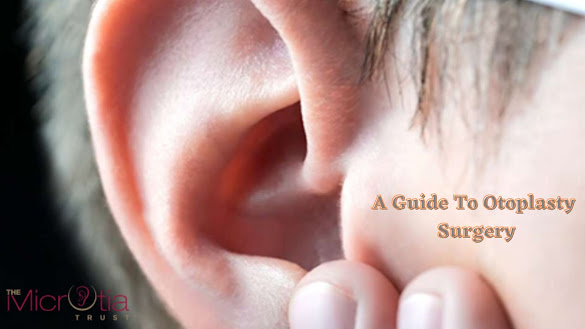A Guide To Otoplasty Surgery

Several deformities of the external ear can make the ear look bigger, smaller, bent, or abnormal in shape. The prominent ear is an autosomal dominant trait which means it is influenced by heredity and is present from birth. Prominent ears are also known as bat ears because the ears seem big and prominent on the face. It is an abnormally protruding human ear where the concha is large with poorly developed anti-helix and scapha. It may be unilateral or bilateral. The concha is large with poorly developed antihelix and scapha. It is the result of malformation of cartilage during primitive ear development in the early phase of life. It does not cause any mental or physical abnormality but surely makes one conscious about their looks. Thus, the child grows to be less confident that affects their life. A child with prominent ears often has a burden of being unacceptable by peers that may get continued into adulthood. The ear is formed from cartilage and skin. From birth, this cartilag...
